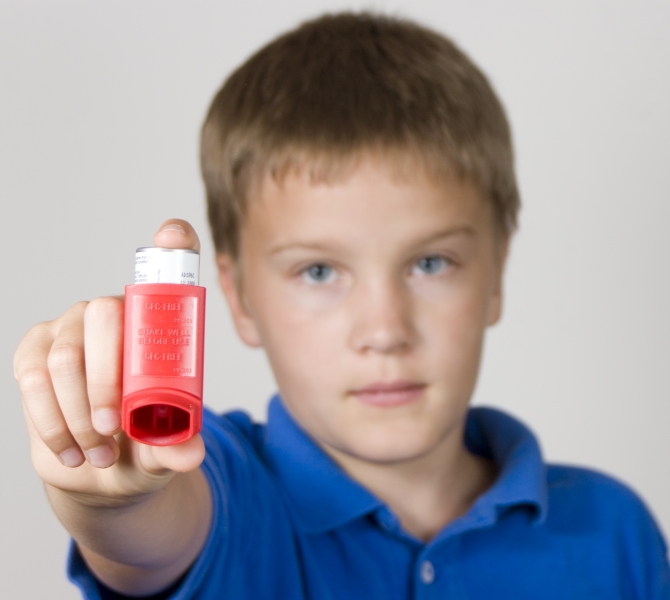
Are you aware what is in the food you consume every day, or in the expensive face cream you use every morning? There could be a chemical cocktail that is doing your health no favours and may explain the skin rash you experienced recently or the mysterious and debilitating allergy you can’t shake. The Chemical Maze may just have the answers - author and campaigner Bill Statham’s book that aims to uncover the obscure, and often hazardous ingredients lurking in our food and cosmetics. In collaboration with software development outfit Naturally Being, the book has recently been developed into a range of handy themed apps that shoppers can access on their iPhone while they browse the shelves of a supermarket. ntpages took the time to catch up and find out more.
Tell us a little about your book, The Chemical Maze?
“The book is a handy reference for people who want to know what is in their food. Food additives and ingredients are listed by name or you can identify them by their INS code number. The book helps you to identify the risk level of additives and ingredients so you can avoid them and any potentially harmful effects..”
We currently seem to be living in an allergy epidemic, how do you explain this?
“There does appear to be an exponential growth in allergies, particularly over the last 30 years, which corresponds to a rise in chemicals in our environment. Our immune systems now have more to cope with, as they are constantly bombarded with chemicals. Allergies have also become something of a buzzword recently – a convenient catch phrase that can be used to conveniently label a set of symptoms.”
Did allergies exist a century ago?
“Allergies definitely existed in the past, but these would have been caused by natural allergens. One only has to think of grass and pollen as two major allergens that occur in nature. Reports of allergic reactions to wasp and bee stings date back to thousands of years BC.”
What are some of the ‘modern’ allergies encountered, and is there evidence linking food additive to these?
“According to some sources the encroachment of genetically modified additives and ingredients into our food supply has led to an increase in some allergies. When a gene from a known allergen is implanted into a non-allergenic food, some people may now develop an allergy where none existed previously.”
Asthma definitely seems to be on the rise – how do you account for this?
“Is the incidence of asthma really on the rise, or is this a case of an apparent rise due to reclassification of the disease? There appears to be two schools of thought here. Classification of asthma isn't exactly straight forward, and even the specialists cannot always agree. At least two other disorders, vocal cord dysfunction (VCD) and chronic obstructive pulmonary disease (COPD), can be misdiagnosed as asthma, leading to inappropriate treatment regimes. There may well be an increase in the number of cases of asthma and if this is true then the possibility that synthetic colours and preservatives in foods are a contributing factor cannot be ignored.”
In terms of cosmetic ingredients what do I need to be worried about?
“Sodium lauryl sulphate is perhaps the most worrying ingredient. It can penetrate the skin and accumulate in vital organs; it is suspected of being toxic to the liver; it may cause or aggravate acne; it may cause skin dryness, irritant contact dermatitis, and eye and skin irritation. Although it may not be the most toxic of ingredients used in cosmetics it is certainly the most prevalent and the cumulative exposure to it is of concern. It is a common ingredient in shampoos, toothpastes, cleansers and body wash and helps products to foam - so people are widely exposed to it.”
What alternatives should we be looking for?
“Look for products that have organic certification and an official logo. The standards set by these organisations stipulate no or few synthetic ingredients and free from genetically modified ingredients. Any of the following ingredients should be safe for use, especially if they have organic certification: yucca extract, stevia, shea butter, rose hip seed oil, evening primrose oil, neem oil and ascorbic acid.”
Tell us about your Cosmetics Ingredients, Asthma and Allergy Maze iPhone apps (Naturally Being)?
“Besides the full Chemical Maze app, which is the companion to the book, there are 4 other versions which focus on specific subjects: food additives, cosmetic ingredients, allergies and asthma. These are all available on the Apple App store and mirror the information that is available in the printed versions of the book as well as adding further functionality.”
How do you use the app (Naturally Being)?
“After you have downloaded the app, it’s as easy entering the number of the food additive or name of the cosmetic ingredient and clicking search, to get feedback on the safety of an ingredient. A variety of icons then appears showing how the additive is rated, and which food additive or cosmetic ingredient is likely to trigger an asthma attack or allergy.”
Originally published on Feb 18, 2011








